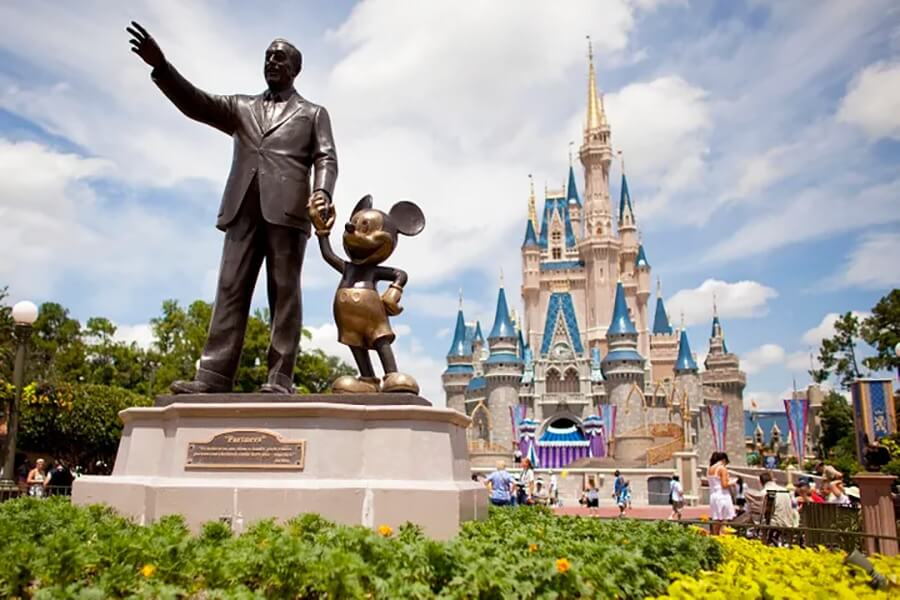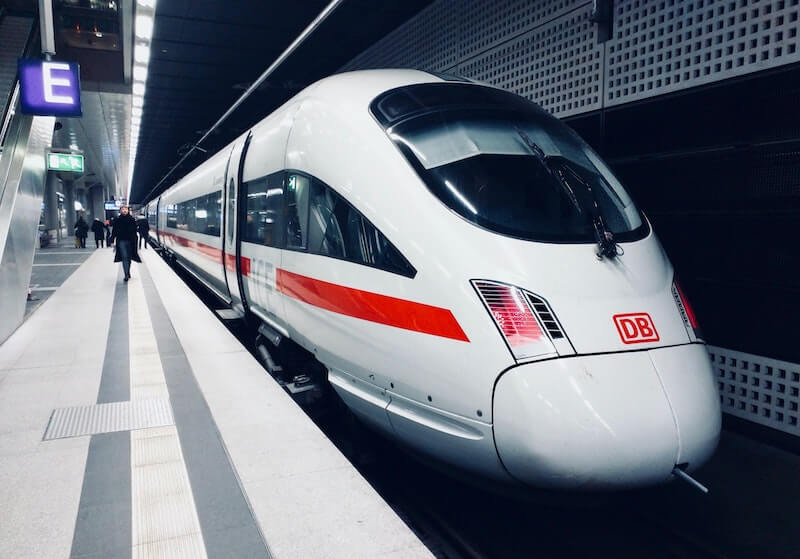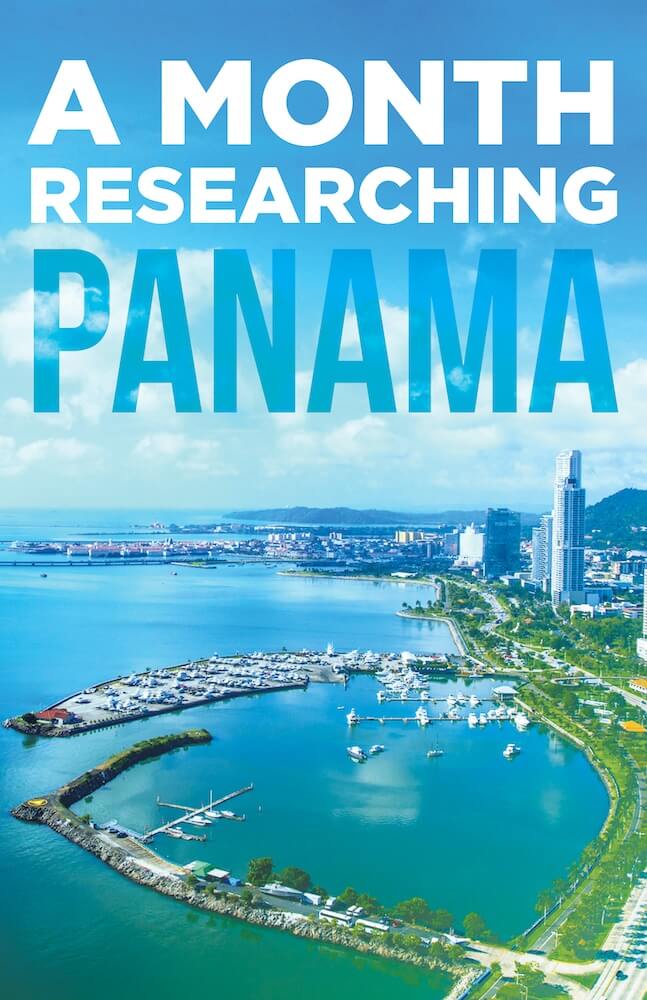It is incredibly easy to be mislead about what is really happening in Panama, but if you are considering investing in this country, you should carefully do your homework. Today, there are many information outlets, from articles published in The New York Times to posts by the casual blogger. It’s imperative to know which sources to trust and the other sources you should completely dismiss.
I live and work in Panama City and yet, I regularly find myself researching if something that is being reported as fact, is indeed reality. First, I look at the source itself; if it’s something like The New York Times or The Guardian, I know it is well documented and it’s highly likely it’s fact. But, even when you have faith in the source, it’s important to track down when the report was written. Things change rapidly in Panama and if an article was written years ago, I immediately question it’s accuracy and look for follow-up articles.

Don’t look for Mickey in Panama anytime soon.
Recently, someone asked me about the new Disney theme park being built in Rio Hato, along the Pacific side of Panama.
They peppered me with facts—$656 million to build everything from the theme park, to hotels, restaurants and a production studio. A train would be taking guests from a parking lot near Coronado, to the front gates of the new park named “Disneylandia”. They had so many reasonably sounding facts, I almost started to believe Mickey and Minnie were packing their colorful board shorts and Panama hats!
Just as there is no train carrying park-going passengers to a Disneylandia, there is also no high-speed train currently being built to carry passengers from Panama City to the city of David and the border of Costa Rica. Today, there is only one railroad in Panama and that is the Panama Canal Railroad, which operates in the Canal Zone.
What About That High Speed Train?
The high speed train spanning the country is much more likely to become reality than a Disney Theme Park.
As part of China’s Belt and Road Initiative, a feasibility study was completed by the China Railway Design Corporation and presented to then-President Juan Carlos Varela earlier this year. Varela said he was grateful for the study because it “opened the way for this great project for Panama. It is economically feasible because of the social profitability it represents for the Panamanian people, it is profitable and viable to build it.”
Varela is no longer in office and the current Panamanian president, Laurentino “Nito” Cortizo, has not communicated if he supports constructing the high-speed train, which will ultimately cost Panamanians $4.1 billion USD. He has, however, said, “he would examine the payment structure of the deal to build a high-speed train”.

Twenty-Two Stations And Five Freight Depots
If the railroad becomes reality, there would be 22 stations, including five freight depots and it would allow riders to complete the trip in a little over two and a half hours. Today that trip by automobile, takes approximately six hours or a 50 minute flight by plane.
Panama’s new president, Laurentino “Nito” Cortizo has said he “would review a high-speed train project with China.” Educated in the United States, the new leader has also encouraged the US to engage more with Panama in terms of investment.
There is some concern about Chinese encroachment, as China continues to invest heavily in infrastructure projects in countries world-wide. The high speed railroad, which would take six years to build and create 2,900 jobs, would be carried out under China’s Belt and Road Initiative, which promotes the creation of logistical hubs to improve the flow of Chinese goods. Panama fits well in those plans, as Chinese container ships are already in Panama traversing the Canal. China is second only to the United States in canal usage.
Of course there are always risks when a foreign power who wants to bankroll such a huge project. Some other countries, mostly in Africa, who have accepted China’s largesse, have found it difficult to repay the investment. If that happens, the project defaults and becomes the property of China. Panama isn’t likely to default, but it is a concern and something which should be closely evaluated.
The Chinese And The Fourth Bridge
Since Panama reestablished relations with China in 2017, the Chinese have been eager to court Panama because of its fortunate geographical position. Another project, currently under construction, is the fourth bridge over the Panama Canal. A Chinese consortium won the $1.42 billion contract after rival bidders appealed the initial decision to award the project to China.
The construction is underway and the Chinese are currently building the four-mile bridge. When completed, there will be six lanes for vehicles, a two-way metro line, bike and pedestrian paths. This project should be finished in 2021 and will include an observation deck and restaurant.
The fourth bridge over the Panama Canal will connect the capital city to Panama Pacifico, the old Howard Air Force base, now a business and logistics hub for international company’s regional headquarters.

All of these infrastructure projects are incredible investments in Panama’s future. Income from the Panama Canal, especially since it’s widening has doubled revenue and the new cooper mine, now sending shipments directly to China for processing, promises to contribute more to the country’s bottom line, than even the Panama Canal.
Because there are so many wonderful and colossal infrastructure projects which are really, really happening, it is sometimes a bit difficult to dismiss some rumors about other possible large-scale projects. A theme park? Makes sense. A World Trade Center? Maybe. A hyper-link? That is a hard no. Just remember to do your homework!

